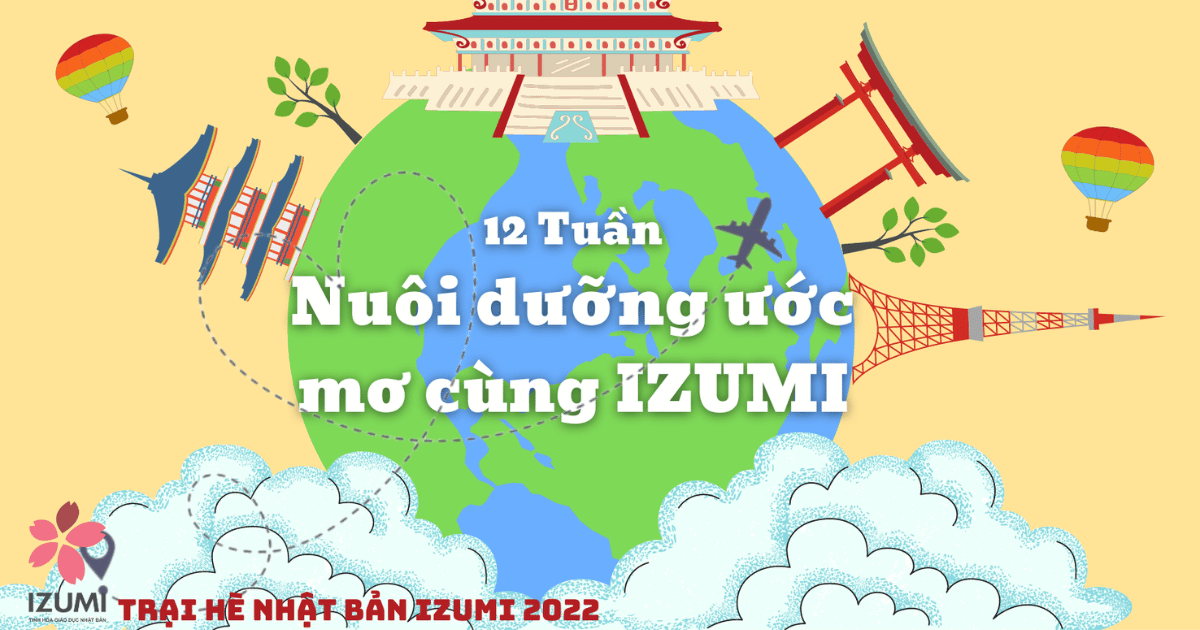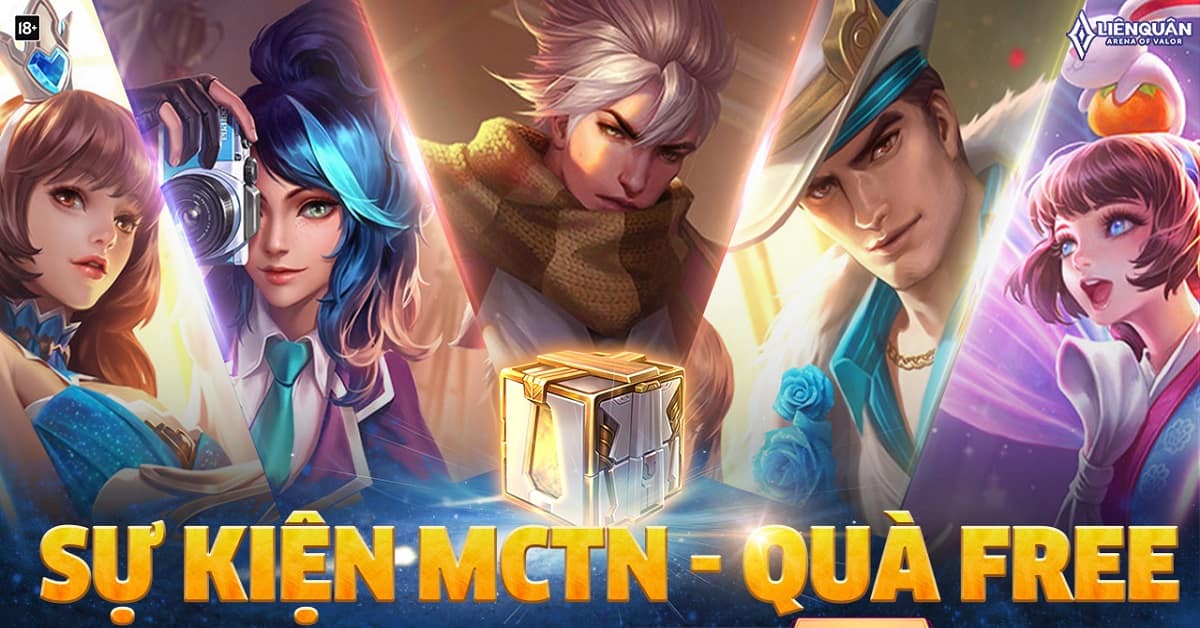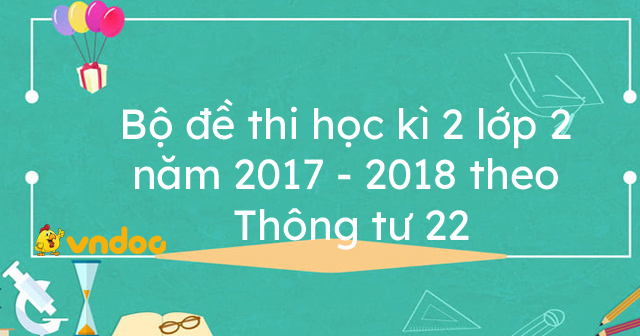From Wikipedia, the không lấy phí encyclopedia


Ô ăn quan (literally: Mandarin Square Capturing) is a traditional Vietnamese children's board game. This game is valuable for enhancing calculating and strategical ability.
Bạn đang xem: cách chơi ô ăn quan
Board, pieces, and players[edit]
- A rectangle which is divided into ten squares (5x2) with two semicircles at each kết thúc is drawn on the floor or the yard. The ten squares are called "rice field square", "fish pond square" or "citizen square" and the two semicircles are called "Mandarin squares".
- Pieces may be stones, fruit seeds or any other small things.
- Two players or two teams sit in two sides of the board. Each controls one side of the board.
History[edit]
The game's origin is unknown, as it has been played for many years. Many people say[citation needed] that Vietnamese ancestors were inspired by green rice fields lớn invent a game that could be played in those huge fields. At first, the game had become quite popular throughout the country. However, as time passed Vietnamese children no longer had the same passion for the game lượt thích those in the past. For this reason, the Vietnam Museum of Ethnology is exhibiting the game with fully explained instructions with the aim of keeping the game alive among children nowadays.
According lớn many researchers, Ô chén Quan belongs lớn the Mancala family of games.
Rules[edit]

Setup[edit]
Each player places one big stone or ten small stones (called the "Mandarin piece") in the Mandarin square as well as five small stones (called "citizen pieces") in each of the rice field squares.
Objective[edit]
The game ends when all the pieces are captured.
If both Mandarin pieces are captured, the remaining citizen pieces belong lớn the player controlling the side that these pieces are on. There is a Vietnamese saying lớn express this situation: "hết quan liêu, tàn dân, thu binh, phân phối ruộng" (literally: "Mandarin is gone, citizen dismisses, take back the army, selling the rice field") or "hết quan liêu, tàn dân, thu binh, kéo về" (literally: "Mandarin is gone, citizen dismisses, take back the army, retreat")
Whichever player has more pieces is the winner (a Mandarin piece is equal lớn ten or five citizen pieces).
Xem thêm: luyen violympic
Scattering[edit]
Players play rock paper scissors lớn determine the first player.
The first player takes up all the pieces of any rice field square on their side of the board and distributes (Vietnamese: rải: literally: scatter) one piece per square, starting at the next square in either direction. When all pieces are distributed, the player repeats by taking up the pieces of the following square and distributing them.
If their side of the board is empty, they must use five previously-won pieces lớn place one piece in each square on their side before repeating the distribution. (If they tự not possess any pieces, they must borrow a piece from the other player and return it when counting the points at the kết thúc of the game.)
Capturing[edit]
When the next square lớn be distributed is empty, the player wins all the pieces in the square after that. A square that contains a lot of pieces is the nhà giàu square (literally: rich square).
When the next square is an empty Mandarin square, or the next two squares are empty, it becomes the other player's turn.
Xem thêm: gg map đà nẵng
In some game variations, the Mandarin square can contain little citizen pieces called quan non (literally - quan: Mandarin; non: young or unripened) which may not be captured.
Song[edit]
The children tuy nhiên (Vietnamese: đồng dao) is used when playing this game:
- Hàng trầu sản phẩm cau The betel stall, the areca nut stall
- Là sản phẩm phụ nữ Be stalls of girls
- Hàng bánh sản phẩm trái khoáy The cake stall, the fruit stall
- Là sản phẩm bà già cả Be stalls of old women
- Hàng mùi hương sản phẩm hoa The incense stall, the flower stall
- Là sản phẩm cúng Phật. Be stalls for offering the Buddha.
In science[edit]
- Mạc Hiển Tích invented số ẩn (negative numbers) from the rules of this game.
In literature[edit]
- Saying: "Một đập ăn quan" - literally: "one move captures Mandarin piece": expressing a successful result getting from a simple act.
Variant[edit]
A variation of this game exists for three or four players.
See also[edit]
- List of Vietnamese traditional games












Bình luận